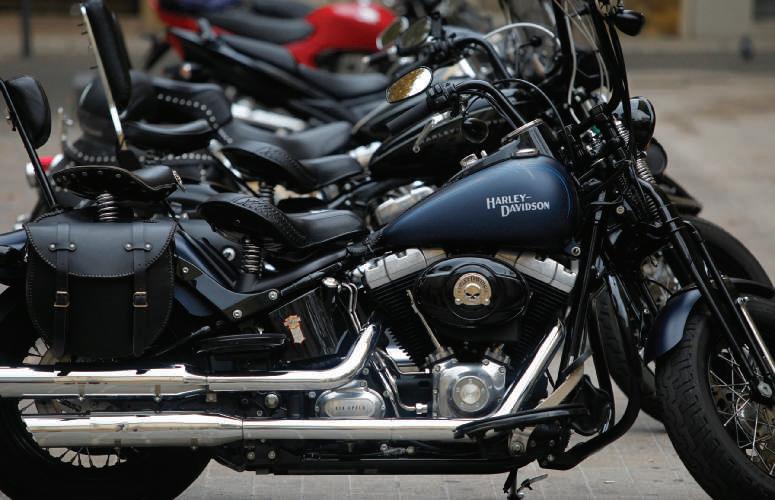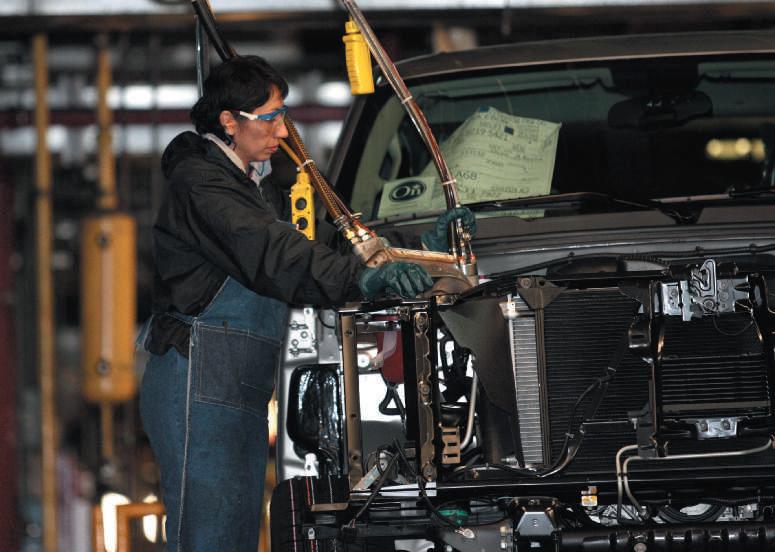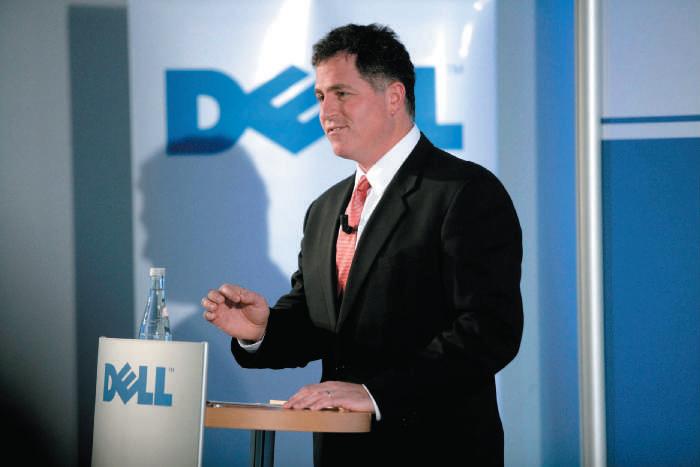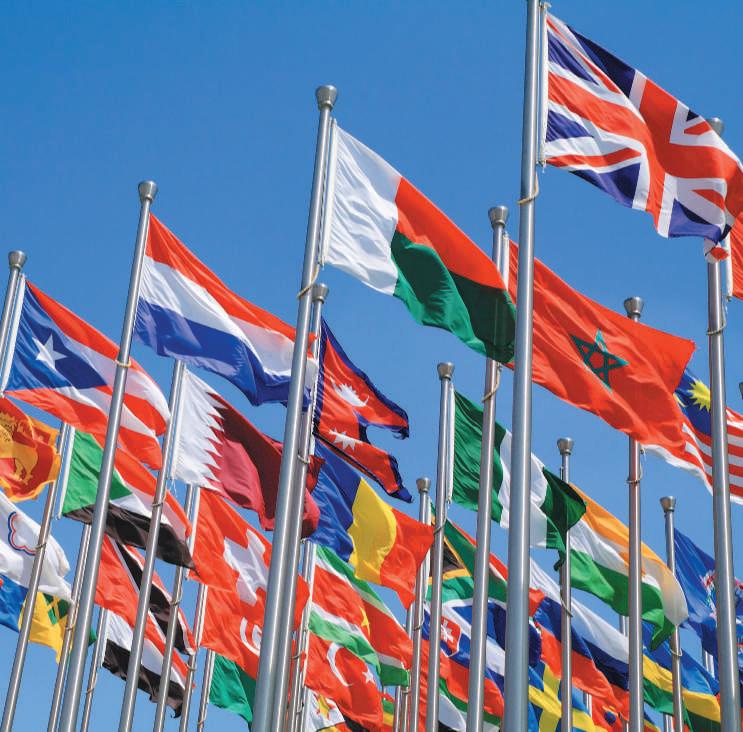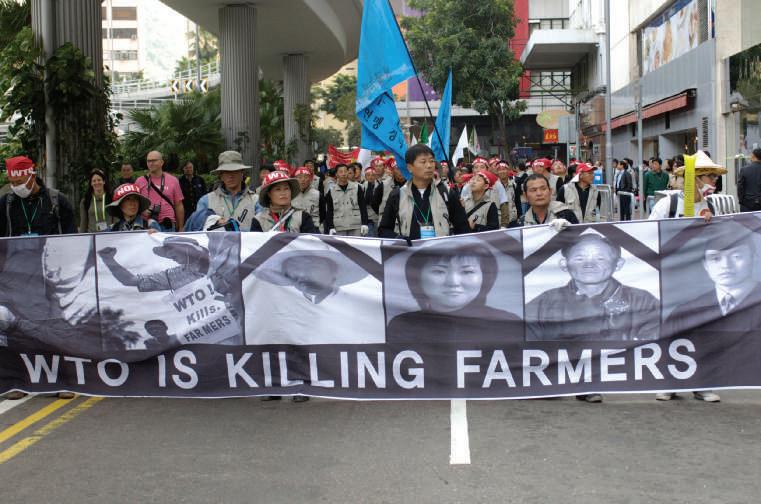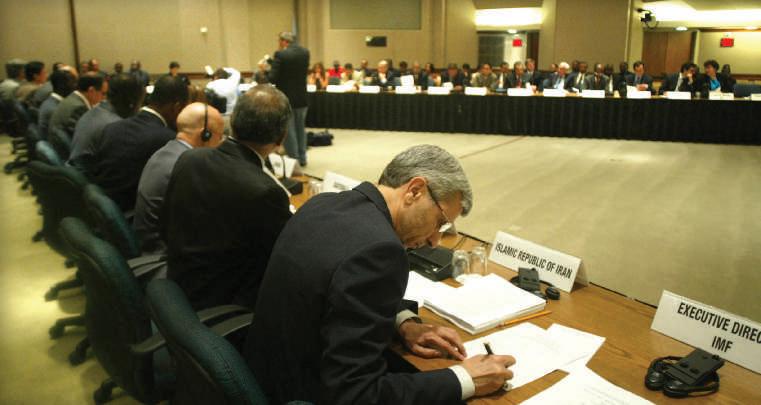T he I m p o r tance o f C u lt u r e f o r Mana g in g and Ma r k etin g in O v e r s ea s Ma r k et s
135
Japan until the doll’s legs were shortened and its chest made smaller. Automobiles that were exported to Japan from the United States were not accepted until the steering wheels were placed on the right side instead of the left side. Not surprisingly, there can be different cultural groups within countries of which organizations need to be aware. In China, for example, there are marked differences among consumer preferences from one city to another. Women in Shanghai are considered cosmopolitan and sophisticated, so Proctor & Gamble markets Oil of Olay skin cream in this area. But in Urumqi, the largest city in China’s Uighur region, Safeguard soap and Crest toothpaste are primarily sold in the female market.21 Half of McDonald’s sales are overseas, and the growth rates overseas exceed that in the United States. This performance is largely attributed to McDonald’s tailoring its products to comply with local tastes. Here are some examples:
•
“The Big Tasty” (a giant hamburger) was developed in test kitchens in Germany and then launched in Sweden. It has been a huge success in Latin America and Australia.
•
The “Croque McDo” (France) is based on the traditional croque-monsieur, a grilled sandwich of ham and melted cheese on toast.
•
A “McKroket” in the Netherlands is a deep-fried patty of beef ragout, based on the traditional deep-fried meat kroket.
• • • •
Porridge is available on McDonald’s breakfast menus in Great Britain. India’s “Maharaja Mac” consists of two chicken patties with smoke-flavored mayo. A “Rice Burger” in Taiwan contains shredded beef between two rice patties. South Korea’s “Bulgogi Burger” is a pork-patty sandwich marinated in soy bean sauce.
New wrappers, boxes, and bags to better promote the company were developed in Europe and introduced by McDonald’s into the United States in 2008. At the same time, McDonald’s announced that “artisan breads,” baguette-style sandwich rolls popular in France, would enter the U.S. market as a premium product.22 There are many examples of American brands that have been unsuccessful in foreign markets because their names were not culturally acceptable. Colgate was chagrined to discover that its toothpaste, “Cue,” in France was the name of a notorious pornographic m agazine. In Italy, Schweppes Tonic Water was interpreted as “Schweppes Toilet Water.” Coca-Cola in Chinese was originally read as “Ke-Kow-Ke-La,” which, unfortunately was translated as “bite the wax tadpole” or “female horse stuffed with wax.” The name was changed to “Ko-Kou-Ko-Le” meaning “happiness in the mouth.” When Chevrolet introduced the Chevy Nova into Latin America, the company quickly realized that “no va” meant “it won’t go” in Spanish. The name was changed to “Caribe.” In 2012, IKEA was chagrined to learn that in Thailand, its Jattebra plant pot was interpreted by shoppers as a crude term for sex.23
5-6c Advertising Campaigns Like brands, advertising campaigns must be carefully tailored to local cultures. The list of failed campaigns rivals the one for misnamed brands (see previous examples under “Language”). Parker Pen’s ads in Mexico were supposed to read, “It won’t leak in your pocket and embarrass you.” Unfortunately, the ad people believed that the Spanish word, “embarazar,” meant “embarrass.” The ad in Spanish read, “It won’t leak in your pocket and make you pregnant.” When a large Japanese tourist agency entered English-speaking markets, it was mystified when it received numerous requests for unusual sex tours. The explanation: The company’s name was Kinki Nippon Tourist Company. Nike’s Chamber of Fear ads featured NBA star, LeBron James, defeating a computer-generated Kung Fu master. Chinese viewers were disturbed by the ad, and it was cancelled. Toyota had an ad in China showing a Land Rover Cruiser SUV towing a military truck; another featured a stone lion, a symbol of Copyright 2017 Cengage Learning. All Rights Reserved. May not be copied, scanned, or duplicated, in whole or in part. Due to electronic rights, some third party content may be suppressed from the eBook and/or eChapter(s). Editorial review has deemed that any suppressed content does not materially affect the overall learning experience. Cengage Learning reserves the right to remove additional content at any time if subsequent rights restrictions require it.






